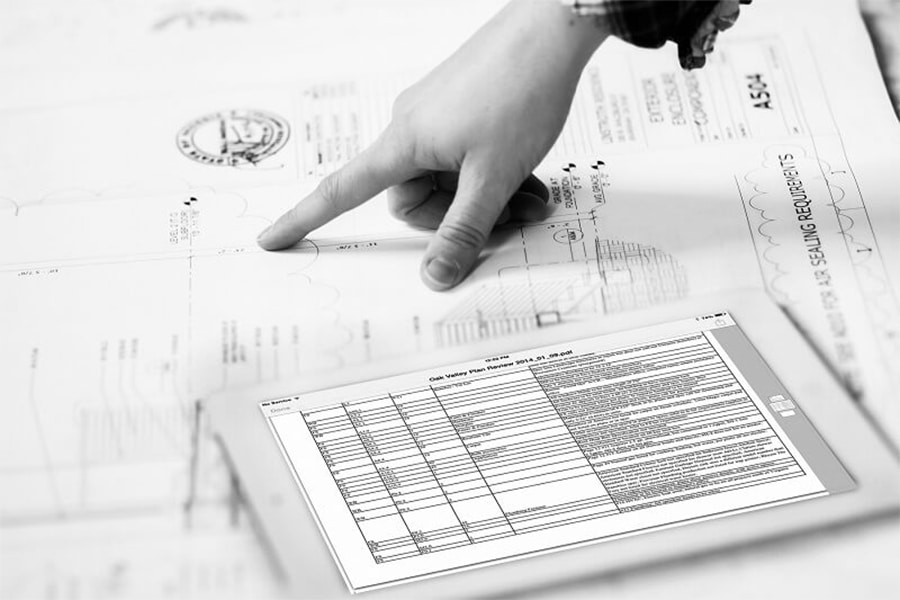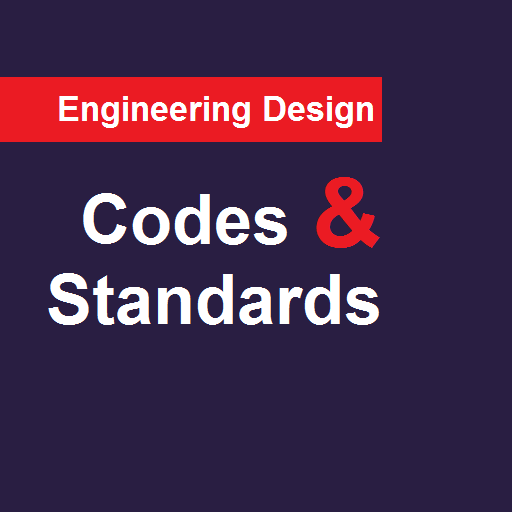“Why would we need an independent design review when we have a competent design team?”
It’s a reasonable question, and asked so often. Perhaps it hasn’t been answered well enough.
A third-party review costs money. It adds to the cost of the project, which may have been over-blown already.
But you owe it to your client – at least to decide if the extra cost of a peer review will save them money, time or problems.
It’s not about your inability to do the job properly. We all face constraints that prevent us from fully exploring opportunities, crossing t’s and dotting i’s.
You might have a checker. It should be enough, but internal reviews are marred to some extent by the same constraints.
To always ensure that your designs are counter-checked and issues that may become liabilities down the road are eliminated, it’s paramount that your design team always have:
- An internal review process
- An independent review from a 3rd party
Whilst an internal review can assist you to identify inconsistencies, errors, and omissions, a peer review from an independent third party expert can provide a second pair of eyes that could catch something that could have been overlooked during the internal review process. This can greatly assist in improving the quality of your project, save time during construction and prevent rework.
Here Are the 4 Key Benefits of an Independent Design Review in Your Design Process.
1. More Insight on Proven Best Practices
An independent design review differs from one engineering company’s internal checking. The independent reviewer can present a different method to consider, based on successful implementation on previous projects they were involved that provided a more desirable outcome.
2. Reduce Construction Costs
A well experienced design review engineer can observe and point out details in the design that can help to cut down/reduce the construction cost.
In some instances, a non-compliant code might have been used. But through an experienced third party reviewer, the issue can be spotted and rectified before the designs are submitted to your client.
3. Improve Quality and Longevity of The Structure
Since the quality and longevity of the finished structure is largely dependent on the quality of materials, a peer review can catch non-compatibility, improper installation of materials, and waste.
This makes every stakeholder of the project accountable for the outcome. Further, this can help reduce construction costs by revealing the possibility of substituting expensive materials with other cheaper options.
4. Add Value to The Project using Registered Professionals
A design should be certified by a registered professional engineer, and an independent reviewer should be suitably qualified. A minimum requirement should be registration with Engineers Australia on the National Engineers Register (NEW) in the appropriate college (e.g. Structural), and registration with RPEQ who hold their membership highly accountable for their competencies and actions.
Need a 3rd Party Design Review?
It’s wise to call for a third party review on any structural design project where the cost of a mistake would be greater than the 3rd party design fee, even considering your own strict guidelines and checklists are followed during your design processes.
Our team has extensive experience in the mining sector, and have assisted numerous engineering companies with their design processes by offering independent reviews before they commission their projects for construction.
Get in touch if you want to find out more, or have a specific project you now see the need for a peer review.


